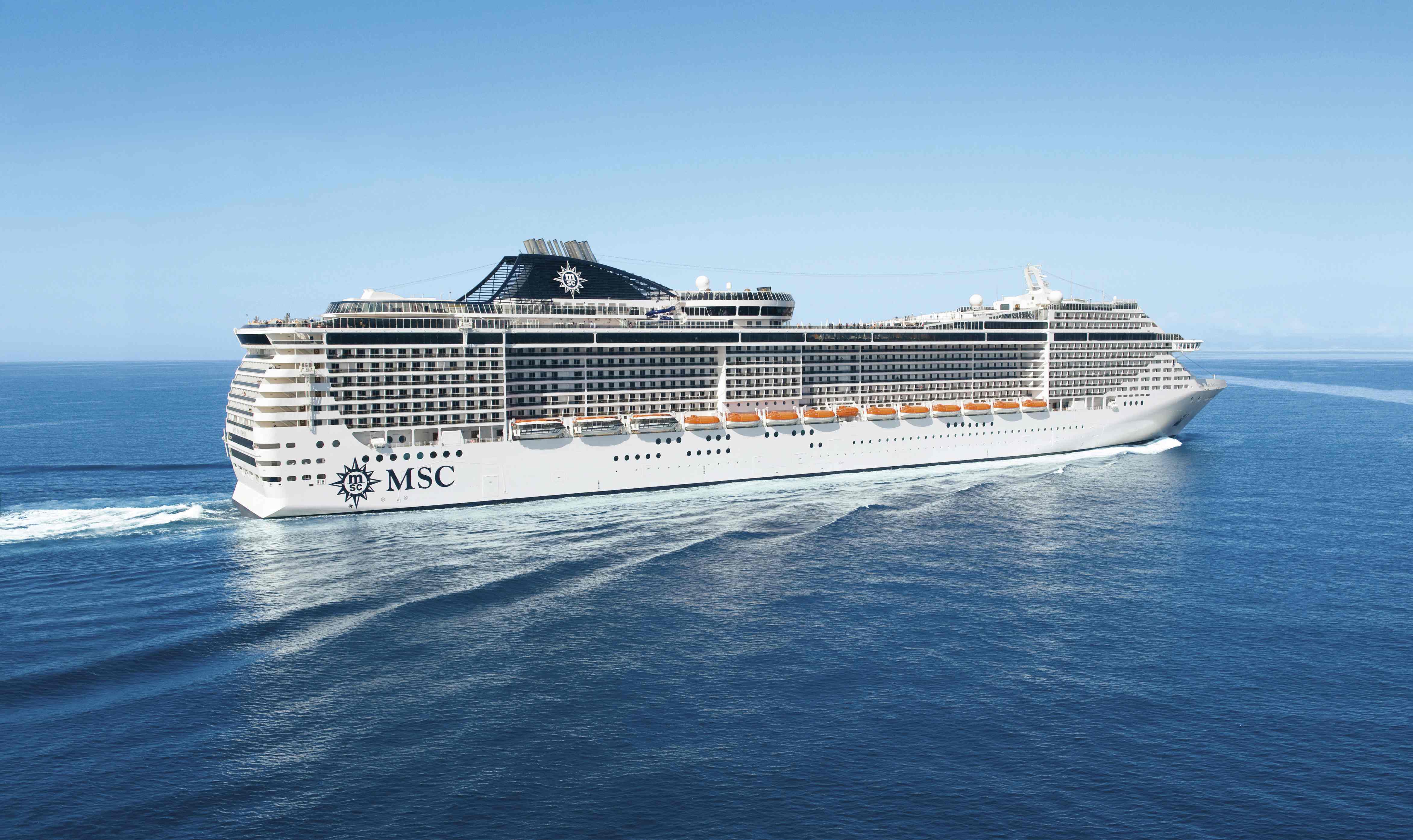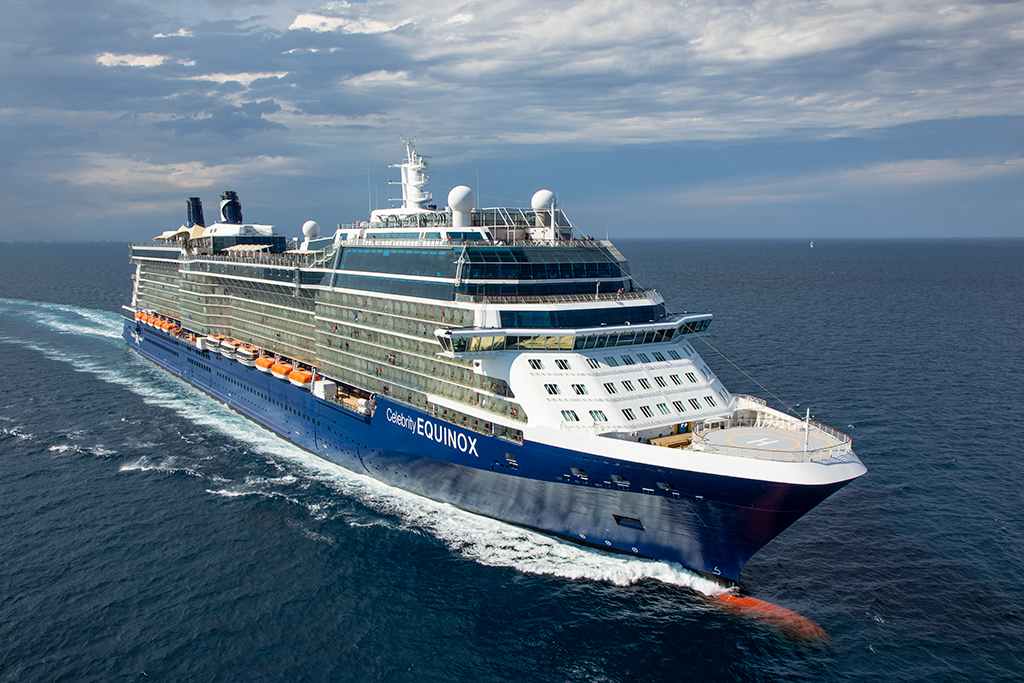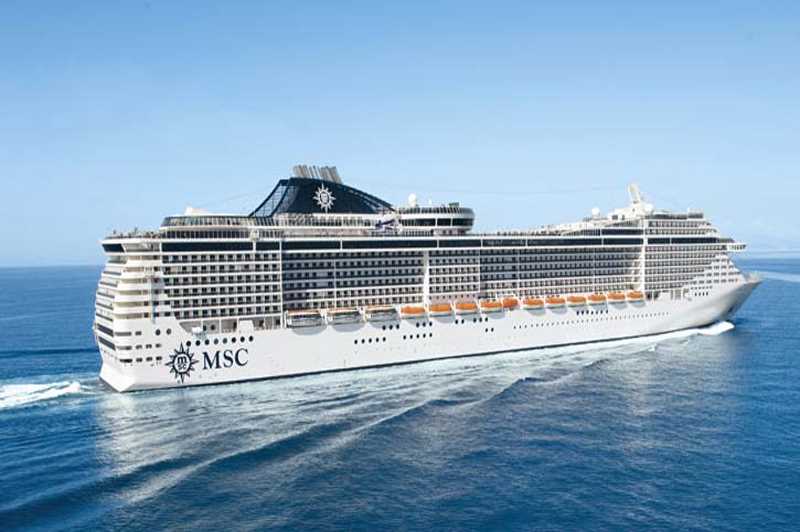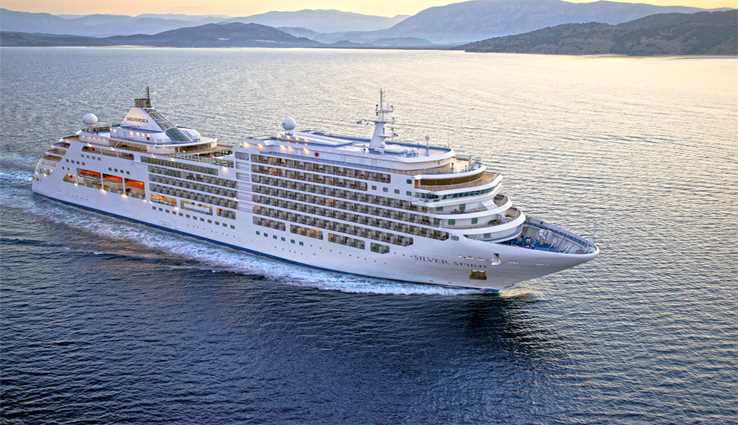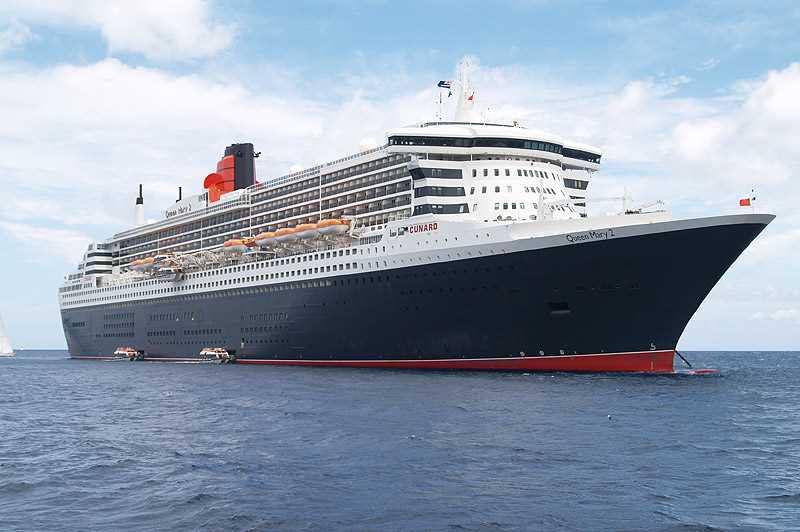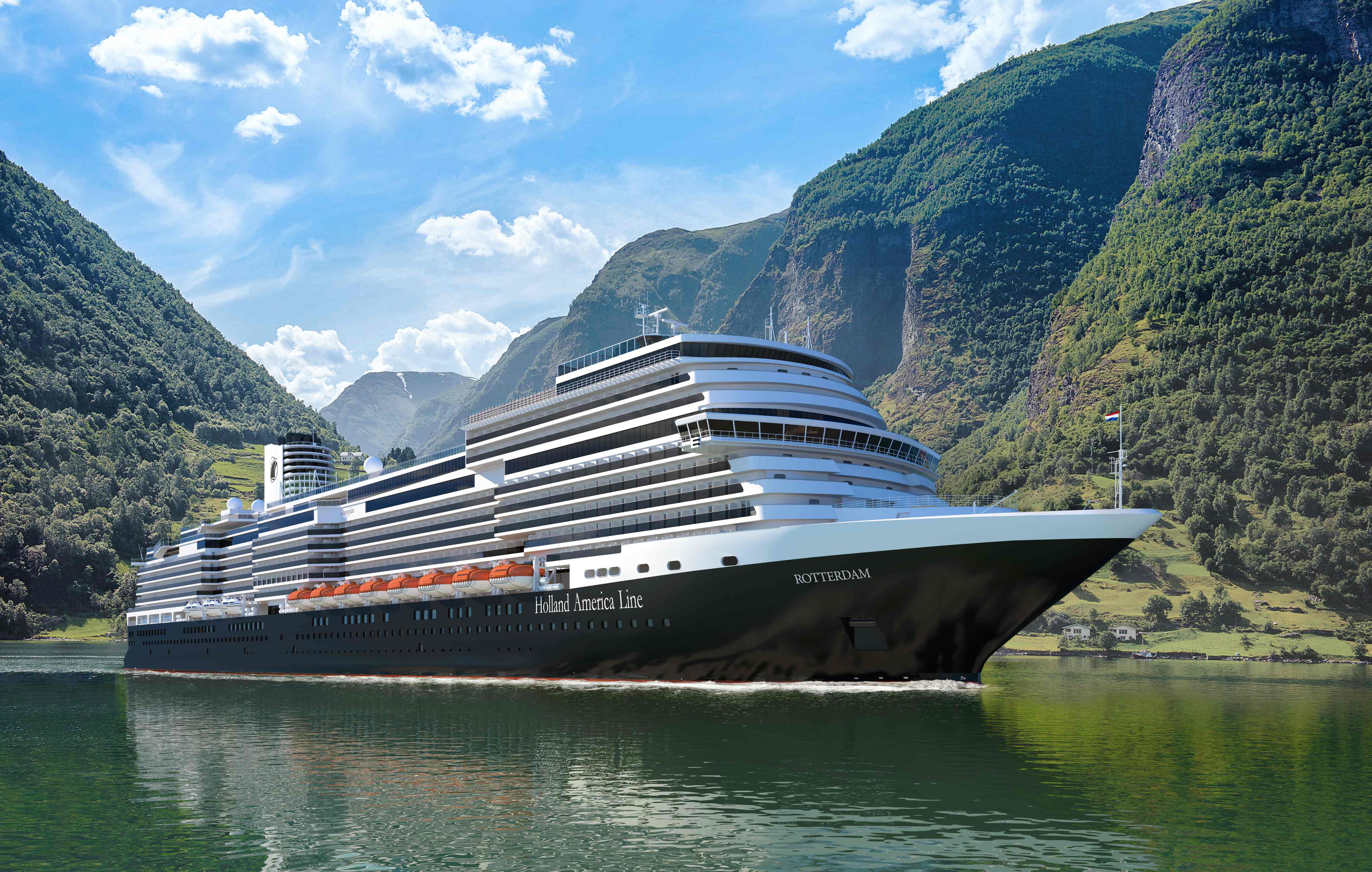
‘Spoilt for choice’ could be the slogan for any cruise, which is why people become such committed cruise-lovers. Once you’ve experience the joys of life on a cruise ship, there’s no going back.
A cruise holiday can offer you everything you’ve ever dreamt of: a new port every day, food from a dozen countries in a dozen dining areas, entertainment every evening, sports, clubs for the kiddies and dancing for the energetic or romantic. Then there’s the ever-changing scenery, the pampering spas, the personal service in your stateroom – what more could you ask?
So when you come to decide which cruise is right for you, think about whether you want an activity-filled holiday with entertainment every hour and organized events for the whole family, a romantic adults-only trip with fine dining and grown up entertainment or an information-packed cultural tour around a famous region, and then pick the perfect option for you. Whether you start with the place you want to visit, the kind of ship-board experience you desire, or your budget, you’re sure to find the holiday of a lifetime.
Every cruise line has a specified dress code – which may be as simple as ‘casual all the time’, but most cruise lines have at least one formal dinner so that passengers can have their photographs taken in ‘full evening dress. The terminology can be a bit mystifying, but basically we are talking about dinner-wear:
Formal will mean a tuxedo or dark suit for men, and an evening gown or cocktail dress for women. Informal equates to jackets and trousers (not jeans) for men, and a dress or trouser suit for women.
Casual can be a little more difficult – for many lines it means trousers and a short-sleeved shirt for men, and trousers and a blouse, a sundress, or a skirt and ‘dressy’ T-shirt for women, but Norwegian Cruise Line recently decided that jeans are included in all its casual-wear dinners, so it’s always worth checking. During the day, the dress code is almost always casual but swimwear is not allowed in restaurants on most lines. Your cruise companies brochure or website, or your travel agent will tell you how many formal nights there are and any other clothing restrictions that exist.

Some people love organised excursions, others prefer to do their own thing, but whichever you choose, here are some tips to help you get the best from shore time: A full list of excursions will be published on the cruise line’s website a couple of months before you sail. If possible, make your reservations in advance online or by telephone so that you are guaranteed a place on the three or four excursions that are really important to you – top shore visits do sell out within a couple of days of sailing and if you leave it too late you’ll be disappointed.
Ones that don’t matter so much can be book once you’re onboard – check your stateroom TV which often has a booking option and allows you to decide at your leisure whether or not a trip is for you. It is true that seasoned travellers claim they can save money by organising their own trips, or simply just setting out from the port with a guidebook and seeing what happens. You will find taxi drivers and guides queuing up to take independent visitors around their area, so if you are the adventurous type, give the cruise line’s excursions a miss and strike out on your own.
One word of caution – if you are supposed to be back by a certain time, and you are not on a cruise excursion, return at least half an hour earlier – or they might not realise that you’re still ashore and head back to the boat without you!
If you enjoy your first cruise, sign up for more! Repeat cruisers can join cruise line loyalty schemes and receive additional benefits.
As with any holiday, organise for a friend to pick up your letters, water your plants and turn lights on and off while you’re away. Many cruise lines now offer pre-boarding services that allow you to book shore excursions and make dining reservations and spa appointments ahead of time through a dedicated website. The advantage is that you can ensure you get your first choices, but remember that if you book too much stuff in advance, you may miss out on spontaneous fun with new friends because you have to go off to a pre-booked appointment.
Pack for your destination, taking advice from as many people who’ve been there as possible and remember comfortable shoes, not just for excursions – a cruise liner can be a big thing to get around!
If you are fly/cruising and your flight is delayed, let airline personnel know immediately that you're a cruise passenger as they will usually try to accommodate you on another flight, and also contact your cruise line as soon as possible and let them know about the delay so that they can arrange for you to catch up with the cruise at another port if you miss your connection.

One of the biggest areas of contention on a ship is children! Many passengers have an aversion to finding other people’s children running riot on their holiday. Newer ships tend to have the biggest and most comprehensive children’s areas and activities, so if you have boisterous children, think new!
If your children are widely spaced in age, make sure that kids clubs operate for all their age ranges, or you’ll end up with one child left out or tagging along with you all the time. Check for both age and height restrictions on activity areas before booking – often both operate and short children can find the one thing they really wanted to experience is ruled out because they aren’t tall enough.
Look out for special children’s menus and dining times which can make life simpler for everyone.
The first thing to note is that the medical centres of most major cruise lines are compliant with ACEP guidelines which can vary relating to ship size but tend to include having English-speaking doctors with current medical licensing, three years of post-medical school clinical practice, certification in emergency medicine, family practice or internal medicine or experience as a GP or A&E ward doctor. This does mean that if you have a serious health issue that predates your travel, or a permanent disability, you need to be very upfront about it with your travel agent the cruise line's reservation person. They may be able to advise you on a ship that meets your needs perfectly.
If you have long term health issues, get your prescriptions made up for the whole period of the cruise as many places will not process prescriptions from other countries. Take out a travel insurance policy that reimburses you for visits to the onboard medical service, but check the small print – often these policies will refuse to pay out if you had a condition you didn’t tell them about when you bought the policy.
If you have dietary needs, make sure the cruise line knows six weeks in advance.

It’s said that the average cruise traveller gains 5lb on a week’s cruise – because three meals a day and as much as you can eat are death to diets! However, many cruise lines have begun to change their menus to remove trans-fats and there is always a healthy option if you have the discipline to order it.
Self-service is becoming ever more common, with some ships only having one waiter service restaurant or dining room, and buffet style breakfasts are almost the only kind around now. Formal dinners (usually one a week with most cruise lines) still tend to be waiter service though. The alternative restaurant trend is growing, with tapas and sushi bars predominating, but also salad bars, juice bars and even restaurants with TV screens where you can watch your food being cooked to order.
Luxury dining is still a big part of the cruise experience, so be prepared to try exciting or strange new foods and to explore regional specialities as your cruise moves to new destinations.
First you need to be sure you know as much as possible about your destination and think about all the aspects of that place in relation to what you know about yourself and your fellow travellers – for example it’s not much fun touring South America if one of you is prone to insect bite reactions: the region is known for biting insects! Nor should you pick Antarctica if one of you feels the cold.
Well-known destinations offer few surprises but may suit those who like to do their own thing, while newer and more unusual destinations may mean that you don’t get much chance to move off the tourist track – in parts of China and Korea, for example, close supervision of tourists is commonplace.
Ship size is important in relation to your destination – small, medium and large ships offer very different experiences of the same destinations: Big ships are comfortably equipped and have shorter queues, but they can’t get into the smaller ports and locations that can make a trip memorable. A big ship can make you feel like a widget being processed rather than a person being recognised. Conversely you may get personal recognition on a small ship but there’s less scope to meet unusual requests or deal with unexpected problems.
At Cruise Compare we regularly hand picked our 10 best cruise deals ready for you to view. Here you will find our best deals all in a convenient location for you to get the best out of our favourites.
Never miss a deal! Sign up for updates